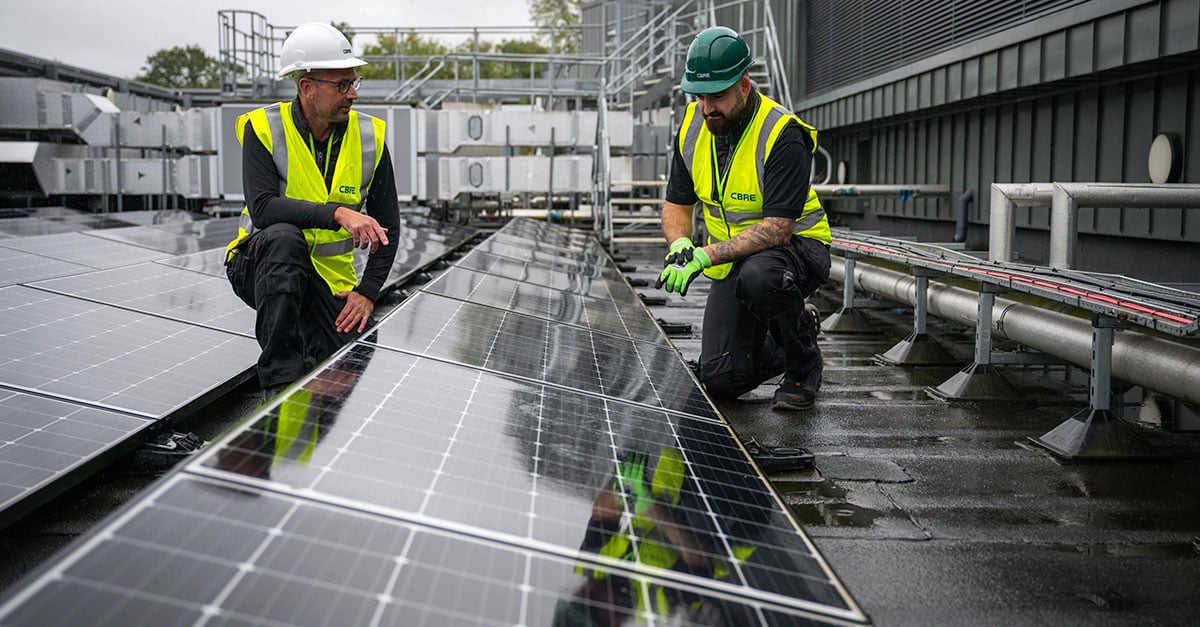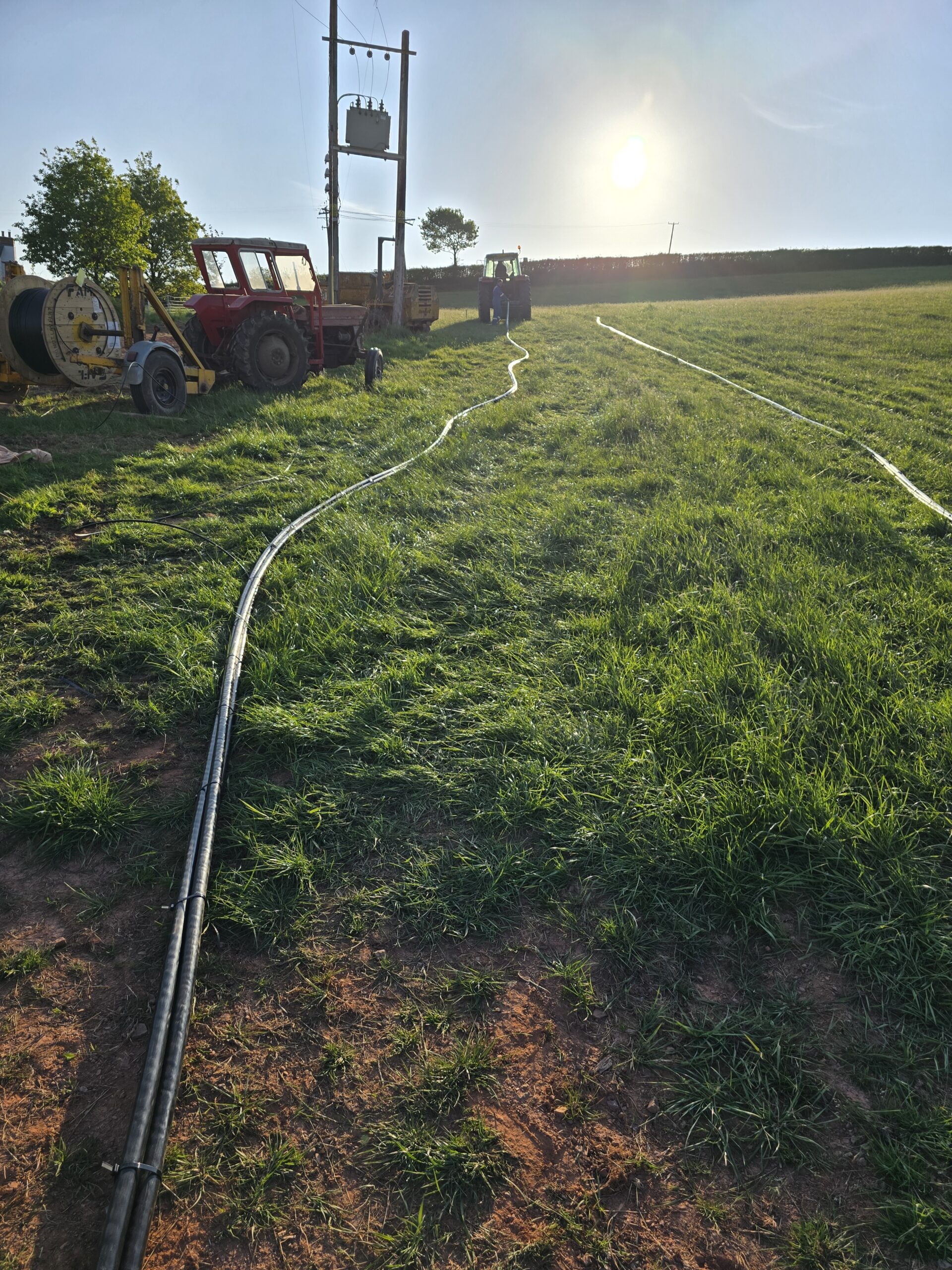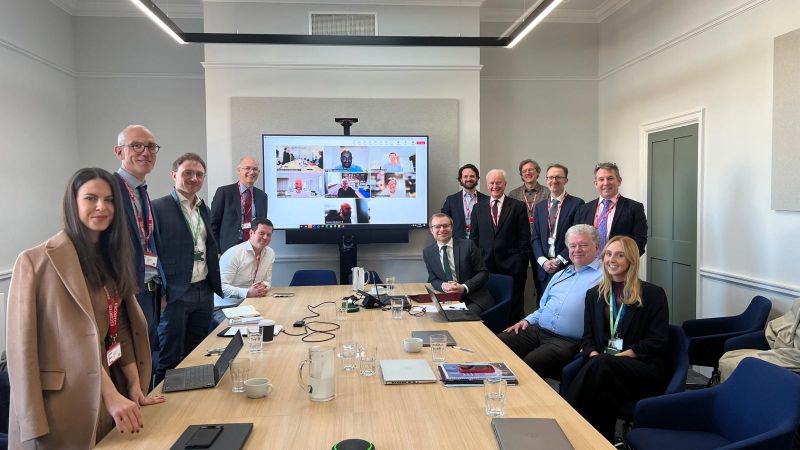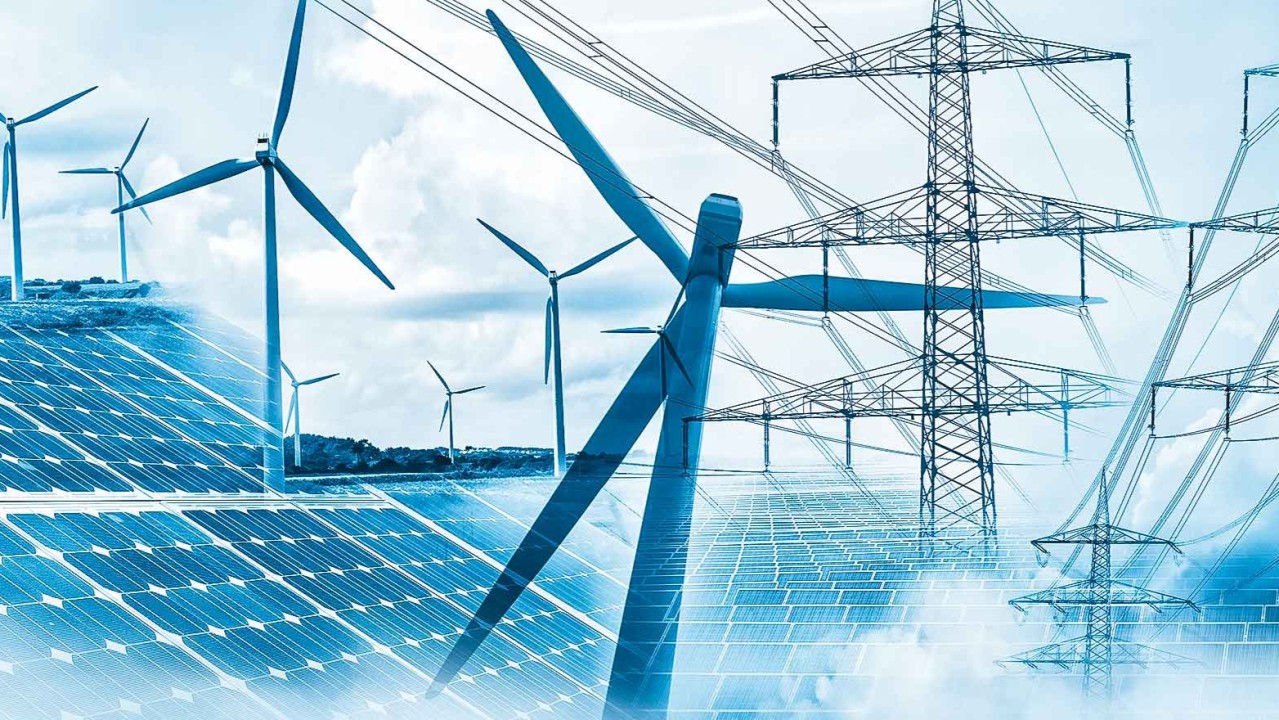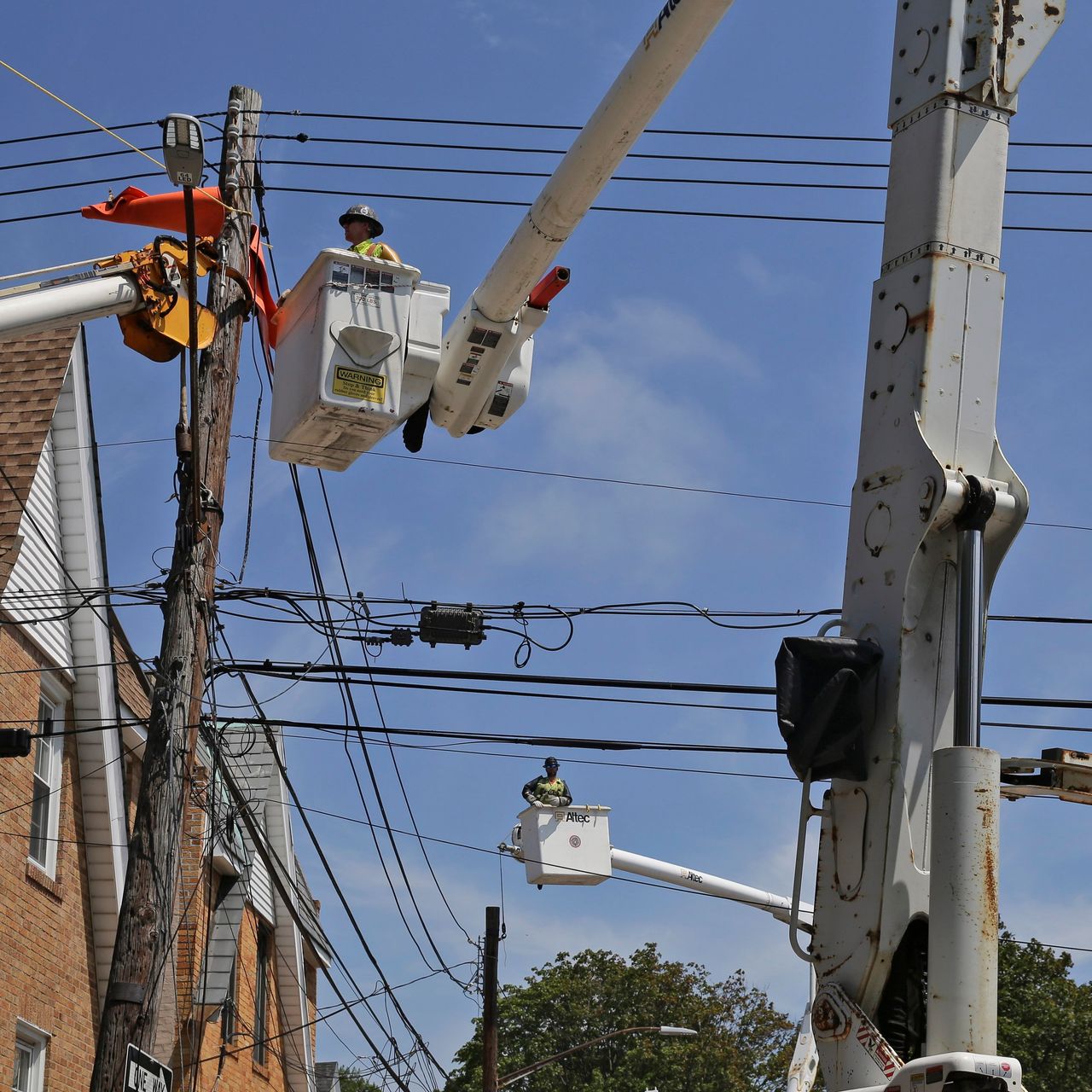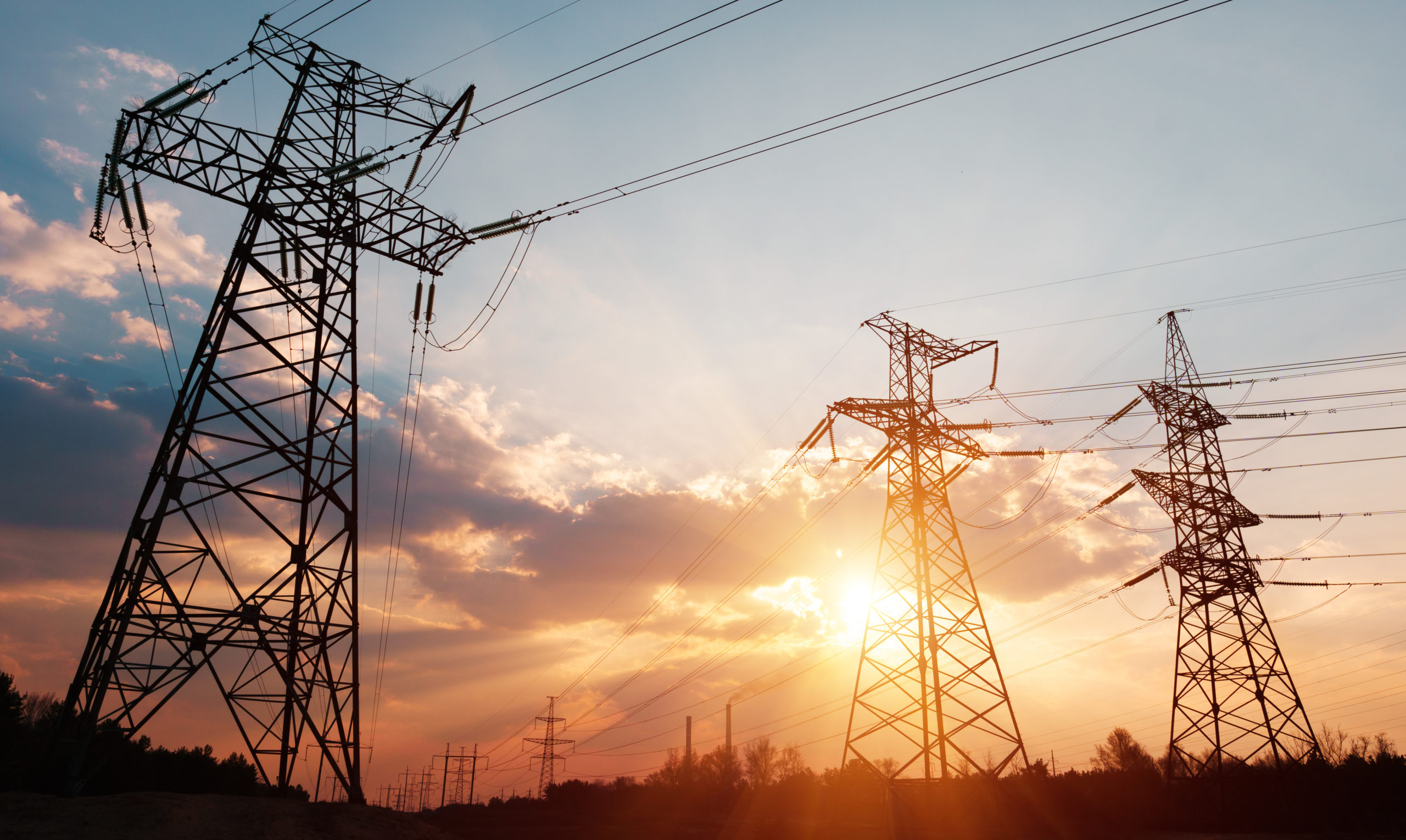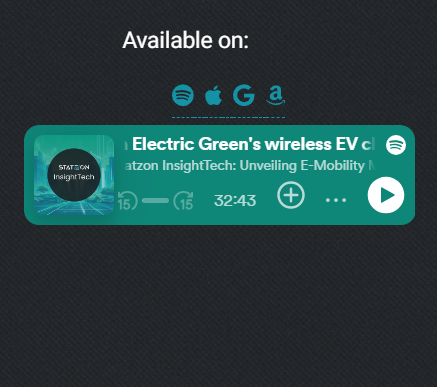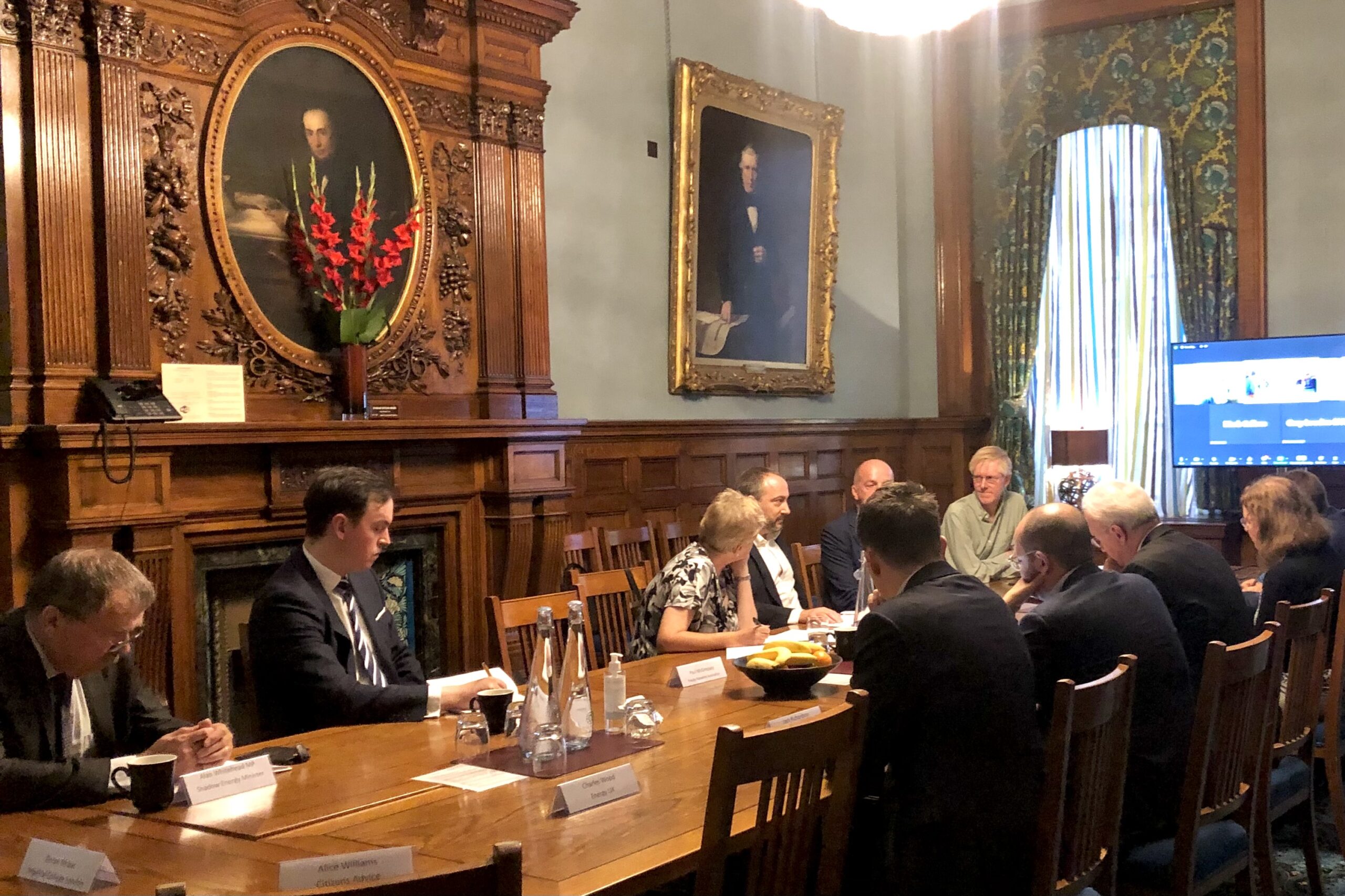Enertechnos Blog
Keep up to date with our opinion on industry trends and the opportunities these bring for our technology.
For the first time in history, renewable energy has overtaken coal as the world’s leading source of electricity, according to new data
Europe’s energy transition is at a crossroads. Ambitious targets for decarbonisation and electrification have been set, yet we are increasingly constrained by
The Electrotech Revolution Report from Ember Energy paints a vivid picture of a world in transformation. It argues that what we are
Over the past few months, a quiet corner of Somerset has become the backdrop for a groundbreaking moment in the energy sector.
The global energy landscape is undergoing a profound transformation, driven by the increasing adoption of renewable energy sources and the electrification of
The wind energy sector has witnessed remarkable growth in recent years, solidifying its role as a cornerstone of the global transition to
At Enertechnos, we are always striving to drive innovation in grid infrastructure, ensuring that the UK’s energy transition is both effective and
Wind energy has become a cornerstone of the global shift towards renewable energy. As countries strive to meet net-zero targets and reduce
Electrification has become a central focus as the aviation industry faces mounting pressure to reduce emissions. With governments, regulators and airports committing
In a world with increasing energy demands, traditional centralised energy models are proving inadequate. Decentralised energy, which involves generating electricity closer to
The mission toward sourcing and implementing sustainable energy sources has led to the rise of renewable energy technologies, such as wind, solar
In an era where sustainability and environmental consciousness are at the forefront of global conversations, the rise of solar power stands as
The future of renewable energy is promising, but infrastructure gaps are holding us back says the Financial Times on.ft.com/3vuxQ8N. According to recent statistics, the energy sector
A recent article from Utility Week sheds light on the critical issue of electricity losses in the UK, a topic often overlooked
Martin Beaumont, CEO, Electric Green, brings a wealth of experience, having navigated industries like healthcare and telecoms infrastructure. On Statzon’s InsightTech podcast,
Enertechnos is pleased to announce that it has joined currENT – the voice of Europe’s innovative grid technology companies – to aid
I was pleased to host a roundtable, in partnership with leading environmental think tank and charity Sustainability First, centred on energy efficiency
GWEC’s Global Wind Report provides a thorough overview of the onshore and offshore wind market globally, using the latest data and providing
Further progress in Enertechnos’ drive to decarbonisation has taken us into the Central North Sea (CNS). Enertechnos has recently joined a consortium
The Enertechnos Digital Digest is a monthly breakdown that summarises relevant news stories in the sector and what this means for Enertechnos.


